“It’s kind of like a May flower,” my friend said thoughtfully. “It’s considered the birth flower for the month of May and represents the values of honor, romance, and beauty.”
“It is beautiful,” I agreed. “I love the pink and yellow peony in your front patch.”
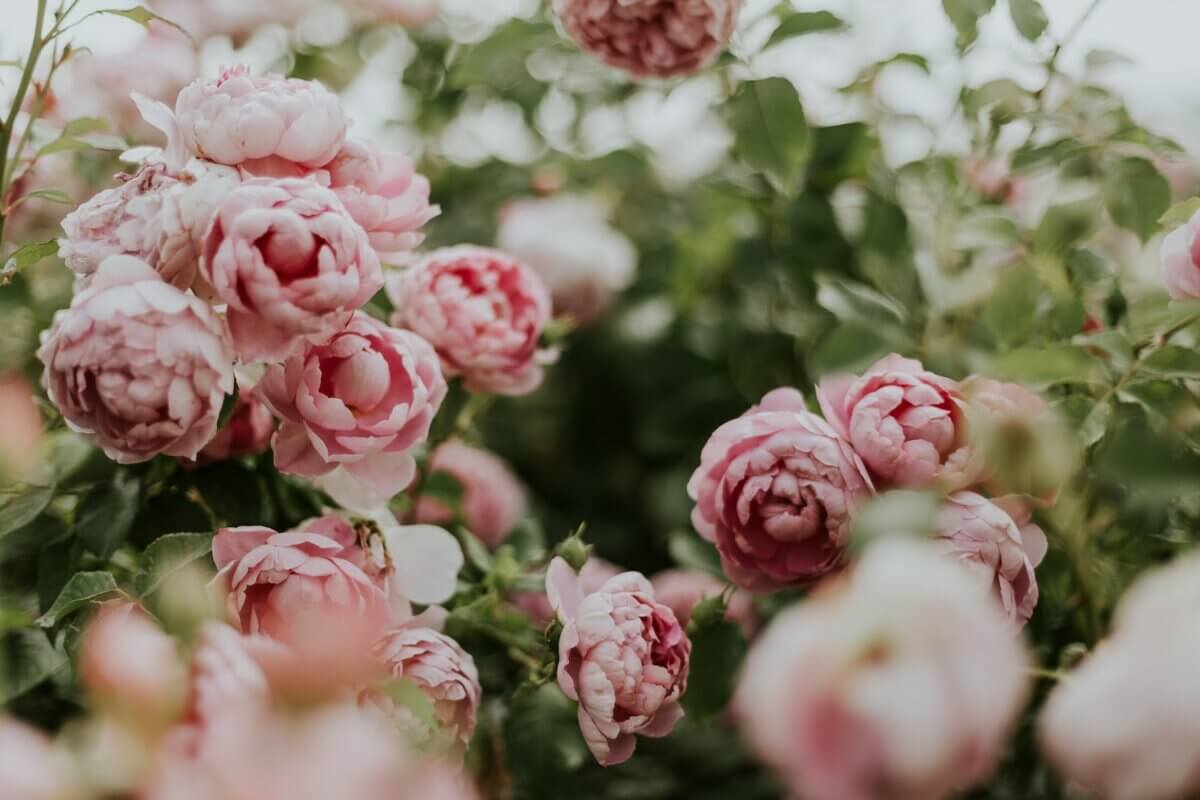
“I divided a clump and potted one for you,” she said — pointing to a pot that barely showed a stem above the surface of the soil. “Dig a hole deep enough for the entire root system to be at least an inch below the soil surface. You can transfer the pot into the ground and it should do fine. Next year, you’ll have those pink and yellow peonies. They’re my favorite, too.”
I said my thanks, retrieved the pot and headed home to plant my new peony. It wasn’t as if I needed another one. I already had at least a dozen different peonies in various gardens around my property. The fluffy bright flowers that bloomed for a short time every spring and early summer, were a treasure. I loved each variety for its uniqueness.
Peonies Appearance
The peony (Paeonia), is an herbaceous perennial plant, often referred to as a shrub. Because of its tall stalks (up to 3 feet in height, though there are some varieties that grow as tall as 11 feet) and thick growth, this shrub-like delight is often used to line garden paths.
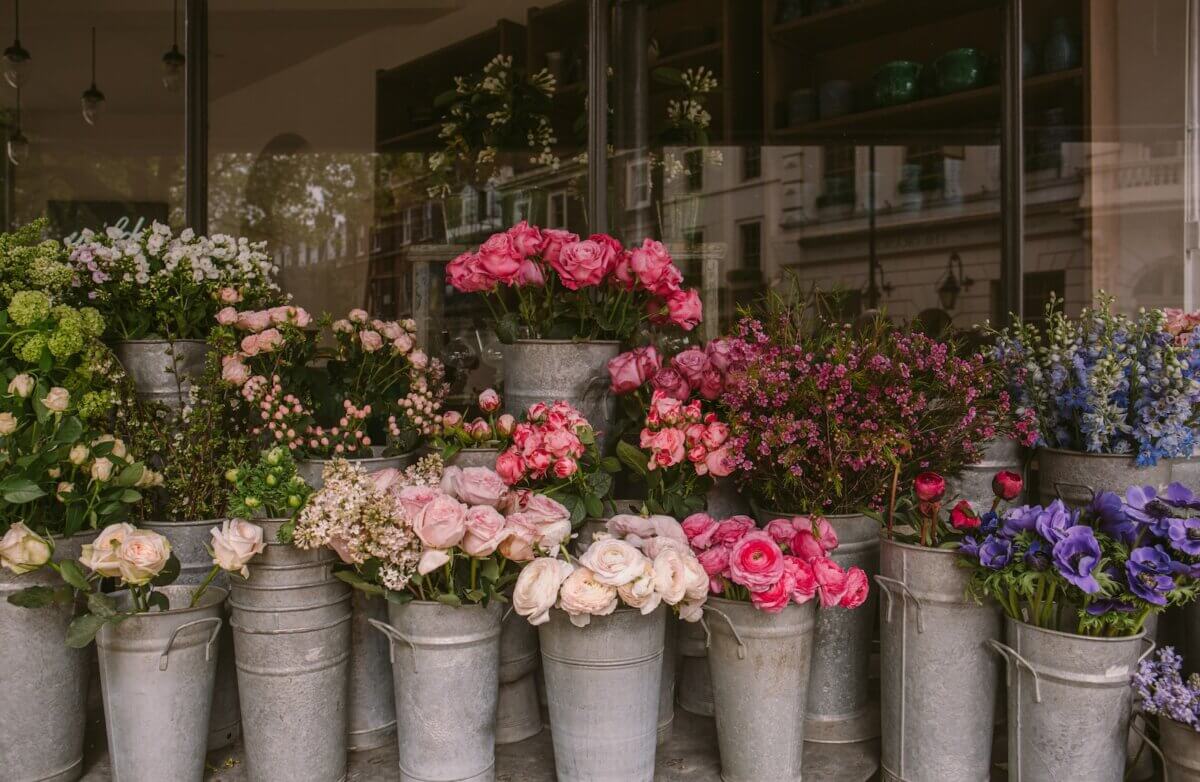
There are countless varieties of peonies, all with their unique characteristics and blooming time. The one constant is the flamboyant flowers. These large, fluffy, sometimes fragrant flowers are sometimes mistaken for wild roses. Sadly, they don’t bloom long enough and the season for peonies is short (7 to 10 days).
Peony Symbolism
Peonies are rich in meanings and symbolism, both good and bad. As well as honor, romance, and beauty, peonies mean happiness, wealth, goodwill, best wishes, joy, and much more.
The Chinese link peonies with healing and attraction. In Greek mythology, peonies or the Paeonia is a nymph with the symbolism of bashfulness. Also in Greek mythology, the moon goddess Selene is believed to have created peonies to reflect the moonbeams at night. Bai Mudan, from Chinese mythology, is a white peony, romanticized as a beautiful courtesan and reincarnation of the peony fairy. And although most of the symbolic associations are positive, there are some negative meanings. For example, the Paeonia nymph, being bashful, would hide its naked form by becoming the peony flower, and in the Victorian era, digging up peonies was considered unlucky. The fairies would place a curse on you.
That said, the Tang Dynasty may have the best connection, making peonies the king of flowers because of its broad, elegant flowers. It’s certainly a popular addition to floral creations for grand events like weddings.
Different Varieties of Peonies
There are at least 30 species of peonies and hundreds of varieties. Basically, the types of peonies fall into three categories.
Tree Peonies
This is an easy, but slow-growing peony with lovely perennial blossoms. The new growth turns woody at the end of the growing season and remains this way all winter, hence the classification of tree peony. It takes about 10 years for this peony to reach maturity, but it can grow up to 5 feet in height. It flowers in early spring and prefers a full sun to partial shade location.
Herbaceous Peonies
Unlike the tree peony, herbaceous peonies grow new foliage every spring and summer, which dies during the winter only to regrow again the next spring. It’s an easy, slow-growing peony; it flowers in late spring and early summer and prefers full sun.
Itoh (Intersectional) Peonies
The name honors the Japanese horticulturist, Toichi Itoh, who fertilized herbaceous peonies with the pollen from tree peonies. The result was a peony that was herbaceous but with leaves similar to those of tree peonies. This peony prefers full sun to partial shade and grows from late spring to early autumn.
Amongst these three distinctions, there are many varieties, all identified by their size, color, shape, and fragrance. Here are a few examples of the more popular peonies.
Festiva Maxima Peony
Although peonies have been around for thousands of years, this fluffy white delight is perhaps the oldest popular choice for gardeners (since 1851). The pure white double flowers, with frilly petals, sometimes dusted with crimson, are large, at 5 to 7 inches in diameter and they have a lovely fragrance. Because they have strong stems to support the huge flowers, even heavy rains won’t flatten them when in full bloom. This peony is full of bonuses: It’s easy to grow and hardy, blooms for 7 to 10 days in late spring/early summer, is lush and bushy throughout the summer, relatively pest-free, and is apparently deer resistant but attracts butterflies. It’s an award-winning treasure for any garden.
Chinese Raspberry Sundae Peony
I love the name of this peony, and it certainly lives up to it. A pretty, creamy pale pink, this fluffy peony may look fragile, but it’s quite hardy. With its delicate fragrance, this peony has been popular since the 1960s when it first appeared in private gardens. It originated in central and eastern Asia, but can now be found in many regions around the world. The plant grows up to 3 feet and does well in full to partial sun.
Paula Fay Peony
This is another popular classic from the 1960s. With semi-double, reddish-pink blooms, the flower opens almost in the shape of a wild rose. The plant grows up to 3 feet in full sun.
Sweet Marjorie Peony
I love the multicolored varieties of peonies. This cactus-style peony has pink blooms with a vibrant yellow center. A very dramatic, eye-catching flower, another early to midseason blooming peony. The plant grows to almost 3 feet in height and does well in full sun.
Common Peony
Also known as the garden peony, this variety originated in the mountainous regions of southern Europe where it grew wild (and still does). A multicolored treasure, it’s become popular in gardens everywhere. The plant grows to just over 2 feet in height and the flowers are a pretty combination of deep pink or red flowers with a yellow center. It’s a late spring peony that does well in full sun.
These are only a few popular peony varieties. There are many more and a trip to the local garden center will allow gardeners to peruse the best varieties for their growing region.
How to Grow Peonies
For best results, plant peony roots in the fall. They need a good chilling over the winter months to produce the best blooms, so keep the top of the root crown partially exposed and then cover with a light layer of mulch. Sometimes new roots take several years before they flower. It’s well worth the wait. If planting from a peony started in a pot, any time of the growing season works well. Make sure to keep the new plant thoroughly watered.

Plants can be divided. Using a sharp knife or spade, the root clumps can be easily split. Dig a large enough hole to accommodate the entire root system and position the roots 1 to 2 inches deep. Water well, at least until the new roots establish themselves.
When we moved to our country property, I dug up my peonies, splitting the roots and leaving some of the plant behind. The peonies have thrived in both my old place of residence and my new home. I have purchased roots online from recognized garden sites and these have done reasonably well, but again, they take time to take root. It’s been four years since I planted the last online purchase, and the plant is just starting to bloom.
Peony Pests
There aren’t really any serious issues that affect peonies. If it’s a hot, muggy summer, the leaves might develop a white powdery mildew surface. This doesn’t affect their ability to grow again the following year.
Peonies do attract ants, but that can be a good thing. Ants help the flower buds to open by removing the outer, sticky substance. However, if you want to cut and bring the flowers inside, be sure to gently shake the blooms to release some of the ants.
Heavy rains can be a big issue, as it will quickly flatten the heavy, flower-laden branches. I make good use of cone-shaped cages, either plain like the ones used for tomato plants, or decorative. I have also created trellises to support the branches. Even simple staking does a good job, especially when heavy rain is in the forecast.
Peony Uses
Peonies are best known for their flamboyant display in ornamental flower arrangements. Historically, they have been used for culinary and medicinal purposes. Ancient China used peonies for food flavoring as well as medicines. Both the Chinese and the Japanese used the root for treatment of convulsions. Flower petals were boiled and sweetened for teas and peony water. An infusion of flower petals was also used as a drink in the Middle Ages. The flower petals can be added to salads or fruit punches.
Personally, I just enjoy the peonies in my garden. I hesitate to cut the luscious blooms to bring inside because I want their May beauty to last as long as possible. Since I spend most of the spring and summer in my gardens, I think that’s the best choice for me. They are lovely flowers and a great showpiece.


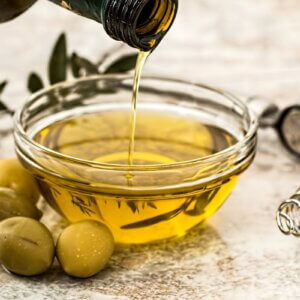







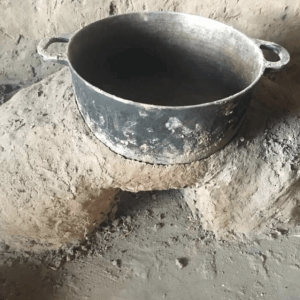
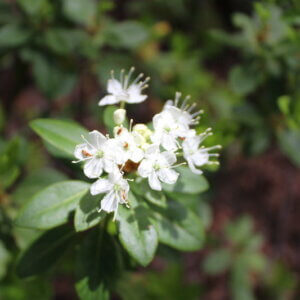


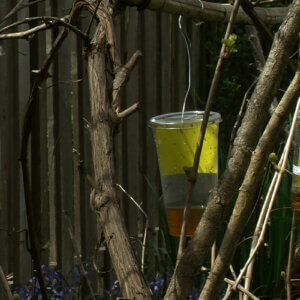






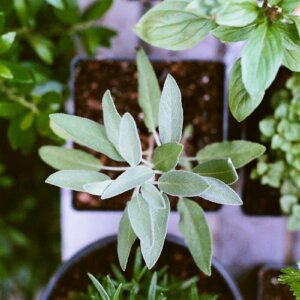

















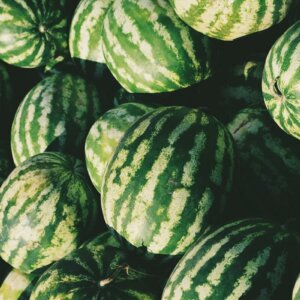


Leave a Reply